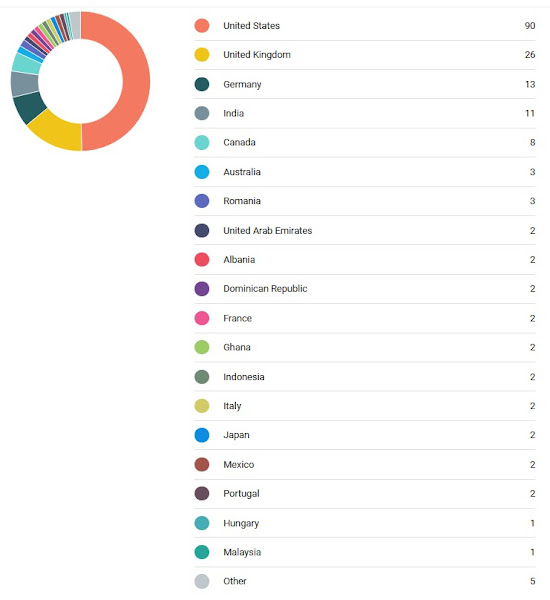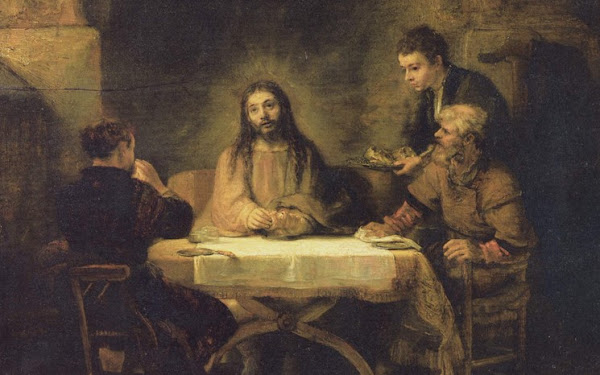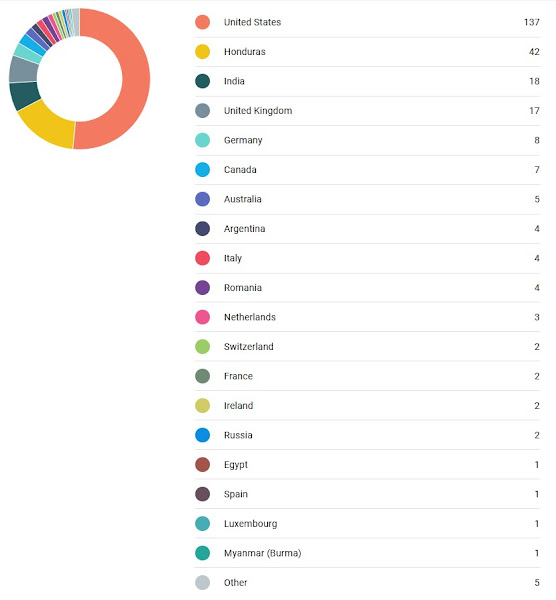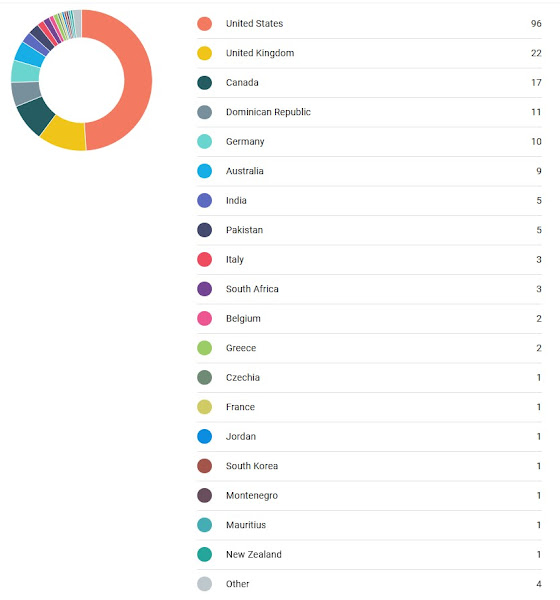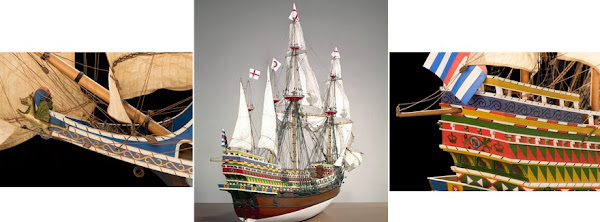Emmaus Key Change in Hamlet & Merchant of Venice (Emmaus in Hamlet, part 6)

When a song or orchestral piece changes keys, we not only hear it with our ears, but also feel it in our bodies, our bones, vibrating at a new frequency. Shakespeare accomplishes something similar, not only in Hamlet , but also in The Merchant of Venice when he sets up one character as a Christ-figure, then changes key, shifting to a new (improved) Christ figure. [Image: “Supper at Emmaus” (French: Le Repas d'Emmaüs), 17th century, by Matthias Stom (1615–1649). Collection: Museum of Grenoble. Public domain, via Wikimedia .] In Luke 24:13-35, after Jesus dies and rises, he later appears as a stranger on the road to Emmaus. I’ve noted previously how in Hamlet , biblical allusions suggest the ghost is a flawed Christ-figure/victim, with divine attributes.[1] But in the graveyard scene (5.1), instead of the ghost appearing as the stranger[2], our expectation is redirected: Yorick’s skull and the gravedigger-clown fill the role of the stranger in whom divine "infinite jest



